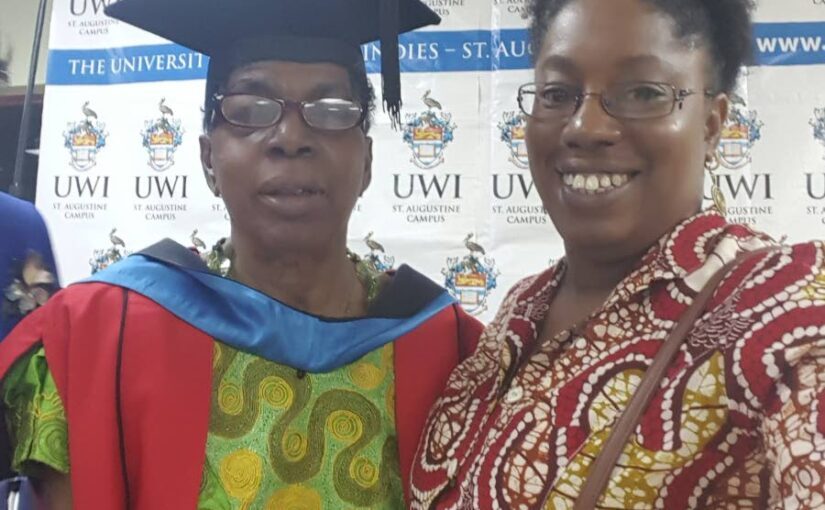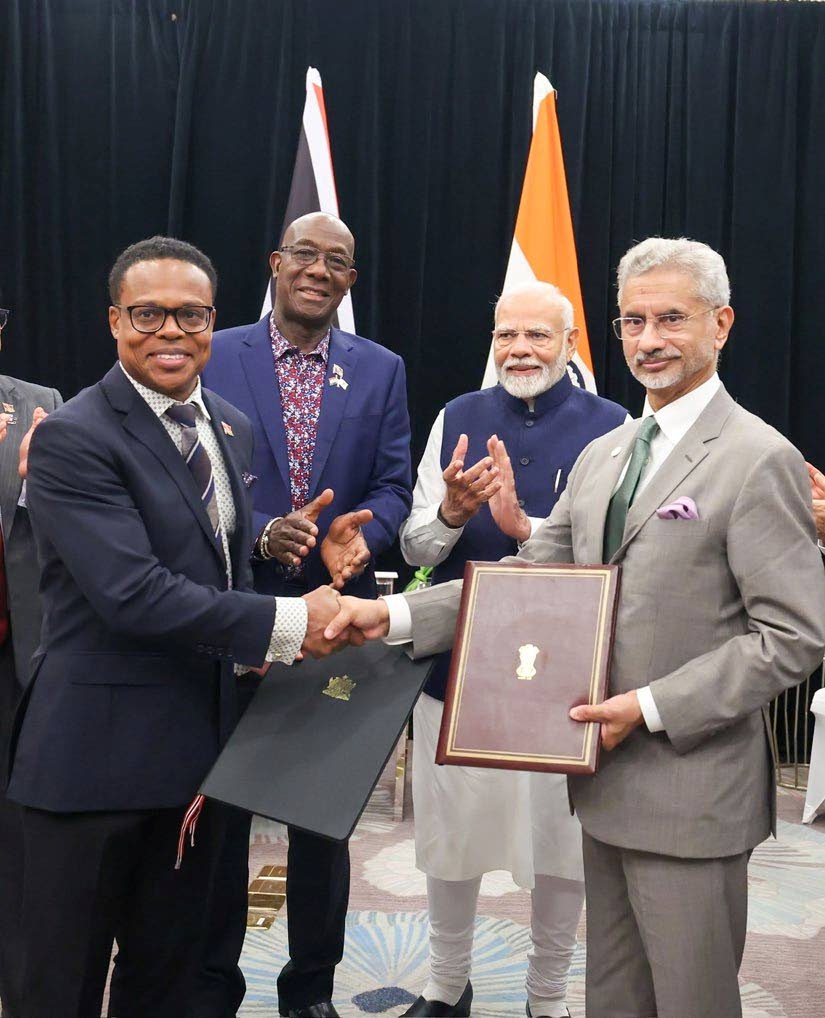Hazel Brown’s Put a Woman campaign lives on
Written by Newsday on September 22, 2024

Natasha Nunez
ON 21 July 2024, the incumbent president of the US announced he was stepping down from the race for a second term in office.
Like many Americans, and people all over the world, I wondered if his vice president, Kamala Harris, would make the bold, and, some might say, obvious move to become the second woman to earn a major national party’s nomination to run for president.
Concurrent with the potential to witness an historic election, I immediately thought of my mother, Hazel Brown, a champion for women carving out their space in political leadership.
For Brown, as she was affectionately called by colleagues and sister-friends, the nomination was the first hurdle, and the second was garnering the support of the party and other women to win the election.
Hazel Brown became an ancestor on September 22, 2022. Since then, I have frequently pondered on what her guidance would be in confronting the issues she so passionately fought for. What would she have thought of Harris as a presidential candidate, and could she win? I picture her looking over her glasses and in her powerful voice saying, “Well, she was nominated, she has the support of Democrats and Republicans alike, she is clear about how policy can impact on the lives of women and families. Now she must get the people to come out and vote!”
Hazel Brown made her formal entry into the political gayelle when I was just two years old. She was one of five women, members of the Housewives Association of TT (HATT), who contested the 1976 general election in Port of Spain East. Brown ran as an independent in the constituency that encompasses East Dry River, where she was born, and where our grandmother’s house still stands.
Brown joked about being a “failed politician” after that unsuccessful bid, but the experience undoubtedly spurred her on to greater things as an advocate for women’s participation in decision-making at national and local levels.
The organisation Brown co-founded in 1985, the Network of NGOs of TT for the Advancement of Women, or the Network, is a steady presence in the forefront of the movement to increase women’s political representation in TT and across the region. There is no shortage of examples of Caribbean women leaders – from Dominica to Jamaica to Barbados – but the lack of equity led the Network to develop policy and programmes to close the gap.
Backed by UN Women’s 50/50 Campaign, the Network began in the late 1990s and through the 2000s, to create and roll out Engendering Local Government and Put a Woman in the House (of Parliament), bipartisan initiatives that brought women candidates together to receive political and professional skills training, network and importantly, fund their campaigns.
Scores of women on all sides have benefited from Brown’s advocacy and support, not least of whom is TT’s first and only woman prime minister, Kamla Persad-Bissessar.
As it turns out, the critical mass of women candidates did improve on the strength of the Network’s efforts. Since 1996, women have comprised more than 30 per cent of candidates in local and national elections.
As a Caribbean woman, Brown always felt any programme in TT should be replicative, leading to her role as the founding chair of the Caribbean Institute for Women in Leadership (CIWiL), a regional organisation that cemented her vision for a transformative approach to women’s leadership.
The similarities between Kamala and Kamla don’t end with their names. Both of Indian heritage, both eminently qualified in law and political service, both privileged to be the first in their respective offices as vice president and prime minister.
I know my mother would have balked at such trivial comparisons, but I am confident that Hazel would enthusiastically endorse Harris’s presidential bid with as much fervour as she did for every woman candidate she met.
Speaking to the Newsday in 2020, after the local government election the previous year, Brown reaffirmed her mantra to the electorate. “…find a woman whose policies (you) believe in, vote her into Parliament, support her, and make her aware of the support.”
In this moment, reflecting on the life and work of the fearless Hazel Brown on the second anniversary of her death, I trust that the women who participated in the workshops, elected or not, remember the contribution Brown made to their political careers and that these women reached their hands down the ladder to inspire and encourage other women to do the same, to believe in their ability to make lasting and meaningful change, as Hazel absolutely did.
I recall Hazel Brown’s vision as articulated in an abstract for the Put a Woman proposal. “Gender parity and partnership are central to the functioning and strengthening of democracy. Indeed, only joint and equitable political action by women and men can guarantee that politics truly interprets and responds to the needs and aspirations of society as a whole.”.
All the world’s attention is laser-focused on November. I eagerly anticipate the prospect of the US electing to put a woman in the White House.
Natasha Nunez is a communications specialist and co-host of the Eye on Dependency programme on I95.5FM
The post Hazel Brown’s Put a Woman campaign lives on appeared first on Trinidad and Tobago Newsday.




